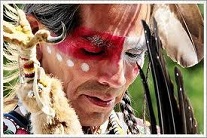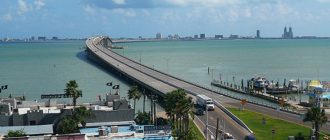Want to learn more about the Shoshone Native American Indians? Read on to get a comprehensive overview of the Shoshone Native American Indian tribe…
The Shoshone Indians are one of the most important historic Native American Indian tribes. They belonged to the Uto-Aztecan linguistic Indians and dwelled in areas of Idaho, Nevada, California, Wyoming and Utah. Today however most of the Shoshone Native American Indians are settled in the Snake River region of Idaho.
The Natives Americans belonging to this tribe are often referred to as the Snake Indians. However this term only came into use after they had been relocated to the Snake River. In reality the name Shoshone actually translates as the Valley People. The Shoshone group was not a very large one and the total number of Shoshone Indians scattered around America did not cross the eight thousand mark.
Shoshone Native American History
The Shoshone Indians gained their first Land Reservation in 1875. It was Ulysses S. Grant who designated a 100 square mile area through an executive order to the Shoshone Indians. This area was in the Lemhi Valley. The Shoshones were to share the land reservation with the Sheepeater and Bannock tribes.
After about a hundred years of this relocation a massive wave of forced relocation took place against the Shoshone Indians. This period is known as the Trail of Tears during which the Shoshones along with other Native American tribes were forced to move out of their ancestral homelands. The Shoshones were made to migrate to the Fort Hall Indian Reservation which was their newly designated homeland. During the Trail of Tears the Shoshone people suffered great injustice at the hands of the colonists.
Unfortunately even despite the long struggles waged by the Shoshone people and the injustices that they went through, they are still not a federally recognized tribe. The Shoshone people continue to struggle in order to get their tribe recognized by the current U.S government.
Geographical Distribution of the Shoshone Tribe
The Shoshone tribe was basically divided into groups. The Northern group lived mainly in the eastern region of Idaho, North Eastern Utah and western Wyoming. On the other hand the Eastern Shoshone tribes dwelled in Northern Colorado, Montana and Wyoming.
However the Shoshone tribes in this region were engaged in constant conflicts with the Crow, Blackfoot, Arapahos and Cheyennes tribe. Eventually these tribes pushed the Shoshone people towards the south and west post 1750.
The Western Shoshone tribes were spread from central Idaho to northwestern Utah, central Nevada and California. Their territory reached as far as Panamint Valley and Death Valley. This group of Shoshone people is often referred to as the Panamint people due to their geographical location. The Western Shoshone on the other hand were known as the Sheep eaters which was Tukuaduka in their local language. Those Shoshone living in the Utah and Nevada region were popularly known as Toi Ticutta and Gositute.





